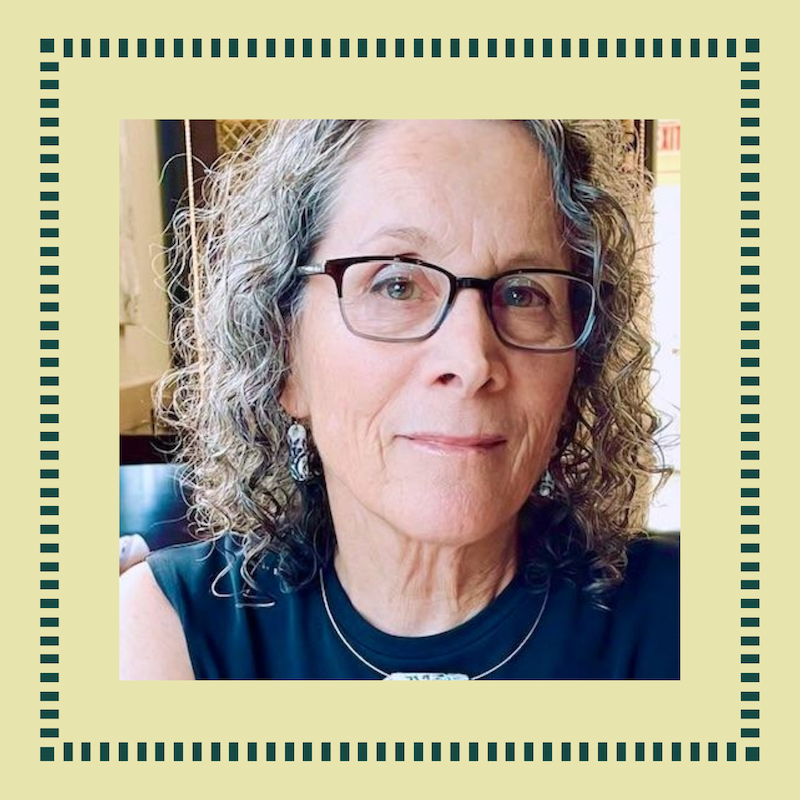
Hilary Roberts is a writer and editor who has taught at UC Berkeley, UC Santa Cruz, and Contra Costa College. She holds an M.A. from the University of Michigan and a Ph.D. from UC Berkeley. She is teaching “Great Literature in Miniature” with us this winter.
When did you first start writing?
I started when I was seven and have been at it ever since. I can’t imagine not writing. As a college student, I found myself in proximity to many brilliant writers. At UC Santa Barbara, I studied under the poet Kenneth Rexroth. He hosted free-wheeling salons at his Montecito house, filled with musicians, dancers and writers. It was a bewitching introduction to the literary world. When I transferred to Berkeley, I studied with the poet Tom Gunn, who invited me to be his course reader for a couple of semesters. I later had classes and workshops with prose writers Leonard Michaels, Richard Ford, Michael Cunningham, Dorothy Allison, and Tim O'Brien. Remarkable opportunities.
What was the first piece you published?
The first story I published as an adult was actually flash fiction, which is the basis of my upcoming course. I was working as an editor and literary consultant, and many of my clients were high school seniors struggling to produce their college admissions essays. I had a knack for pulling the best story out of students, and one day I wrote a spoof of a college application essay. I thought, oh, this is one of the funniest things I've written. But because I knew my clients’ parents were always Googling to learn more about me, I decided to publish under a pseudonym. I'm still using it today. It’s weird to have two names and two identities. Yet it’s surprisingly freeing to write under an assumed identity. Especially as I’ve veered into creative nonfiction.
How mysterious! Any chance you’ll share your pen name with us?
I’ll let you know when I’m ready for that!
What is it about flash fiction that intrigues you the most?
It’s an increasingly popular genre for a host of reasons. Writers gleefully embrace the challenge of concision; editors relish short works that absorb less space in their journals. What I love about flash is how it allows for endless invention. It’s contained and tight, which makes it amenable to great class discussions because you can easily hold the entire text in your head.
I’ve always admired short works, but it was actually during COVID that I started to incorporate flash fiction stories into my OLLI curriculum. The insights and discussions they sparked went over well. As I was researching flash fiction — or microfiction as it’s sometimes called — I read one theorist who said that in this era of short attention spans, flash fiction is the perfect form of literature.
Not sure what that says about us.
We’re busy with many ways to fill our time, including reading. Like poetry generally, flash fiction is short but because it’s story-based can seem more accessible than poetry. At community college, I would ask my students “how many of you think you hate poetry?”, and just about every hand went up. Oddly, though, the guided poetry discussions were some of the most animated. The flash fiction genre likewise might be daunting and mysterious at first but prove to be ultimately alluring. These stories have a distinctive pop. In my course, we’ll go over works by George Saunders, Jamaica Kincaid, Anna Deavere Smith, and other well-known and less-known writers. My goal is to both demystify the genre and embrace how mystifying it is.
In a short amount of time.
Exactly.